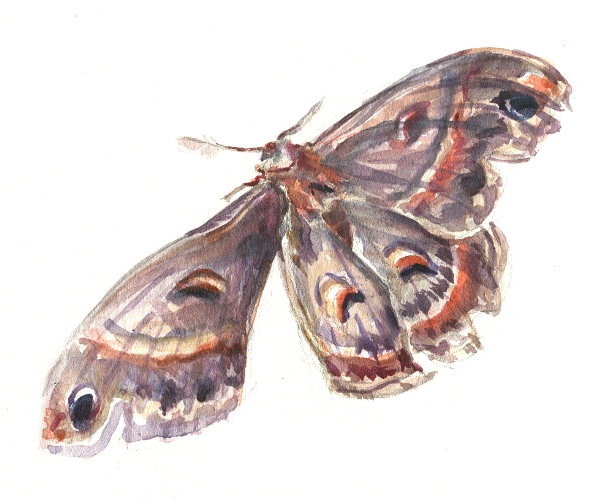Milkweed Chronicles, part 1
/While running on the shrubby hillside paths along the Eastern Promenade the other day, I noticed a monarch butterfly perched, stereotypically, on the only milkweed plant in sight. I stopped to look at her orange and black stained-glass wings - I think it was a she, because the black veins looked kind of thick and I didn't see a pheromone patch on the hindwing. Then she took flight in the same direction I was going, so I walked along with her for a while.
Sketched later that day, on a different part of the Eastern Promenade, Portland, Maine
The path is hemmed in by bushes on both sides, so there was a tunnel effect that kept the monarch close by as she floated along a few feet above the ground. Periodically she dipped down to a plant that apparently looked promising as a nectar source (I'm assuming... or maybe she was searching for milkweed plants to lay eggs on).
The briefest contact with the leaves seemed to inform her that a given plant was neither a milkweed nor any of her other favorite nectar-producing species. She continued onward without actually landing until we finally got to a patch of milkweed plants, where she finally paused on the leaves. But then she kept right on going - maybe because the flowers hadn't quite opened up yet?
We came to the end, where the path opens onto the sloping lawn of the Eastern Prom. Her desultory flight, now unconfined, took her out of view almost immediately. And I'd thought we were friends.
(Stay tuned for Milkweed Chronicles, Part 2...)
